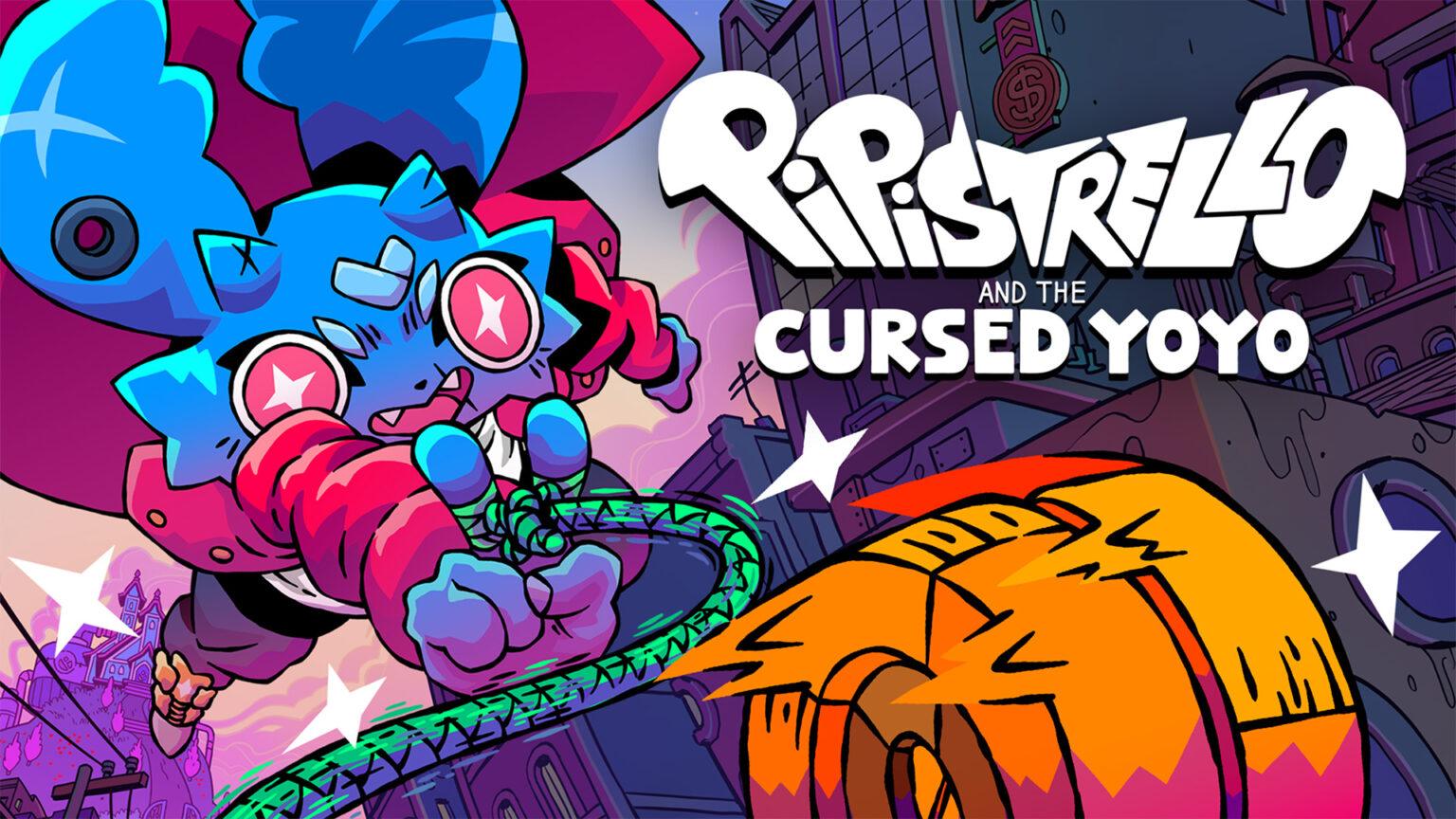If you’re in the market for the next old-school Zelda-style action adventure Pipistrello and the Cursed Yoyo might just be your next obsession. Developed by indie studio Pocket Trap, this fresh take on the classic top‑down adventure genre swaps out the sword-and-shield hero for a boy bat, Pippit. He navigates a vibrant, interconnected world with all the trappings of a Zelda clone. Curiously dubbed a “yoyovania” game by its creators, it blends familiar mechanics, item-powered progression, urban dungeon runs and charming anthropomorphic NPCs with a quirky aesthetic that’s as playful as its name.
A bat with a mission, a yoyo with purpose
After Pippit returns to his family’s city, tightly controlled by his aunt Madame Pipistrello and her electricity empire, a rival white collar criminal syndicate strikes. They aim to overthrow her and seize control. Pippit, a budding yoyo master, must use his tricks and parkour-style moves to explore a sprawling urban world, infiltrate the four crime lords’ domains, reclaim his family’s influence and, perhaps most importantly, finally get the allowance he is owed by his custodial aunt.
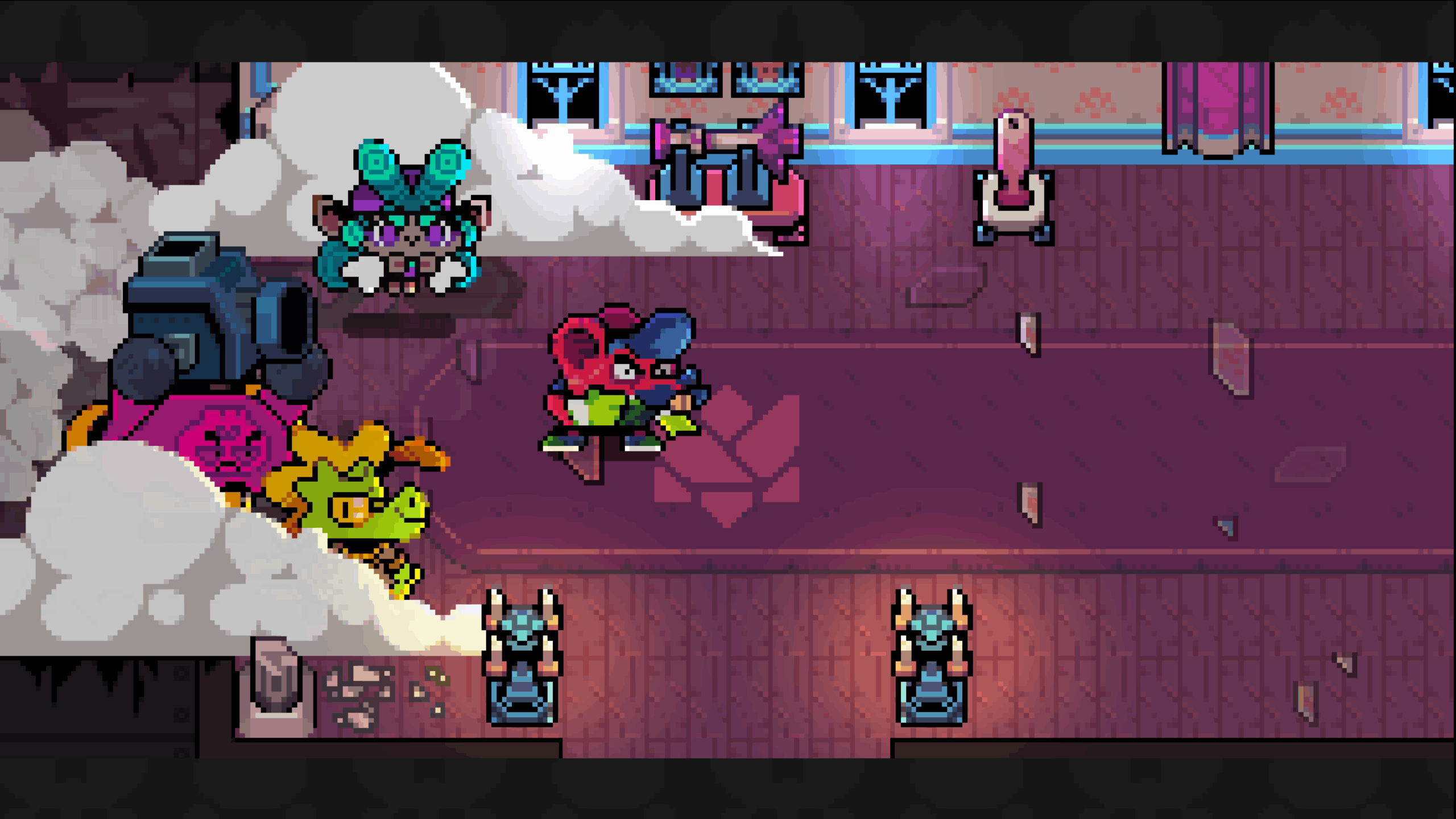
A modern take on Zelda-like exploration
Pipistrello and the Cursed Yoyo is an action adventure RPG that follows the path paved by Zelda: A Link to the Past. Much like Zelda, Pipistrello features a large semi-open world that can be explored freely to a certain degree. The city is full of life, packed with anthropomorphic characters, traffic, natural hazards and some decidedly unnatural ones. To control pacing, the game blocks certain paths with barricades, flooded streets or sinkholes. In classic Zelda style you overcome those obstacles by unlocking new skills or solving problems through exploration. NPCs provide just enough information to guide you and side quests reward you with cash or pebble containers. When you collect eight, you get a full extra heart.
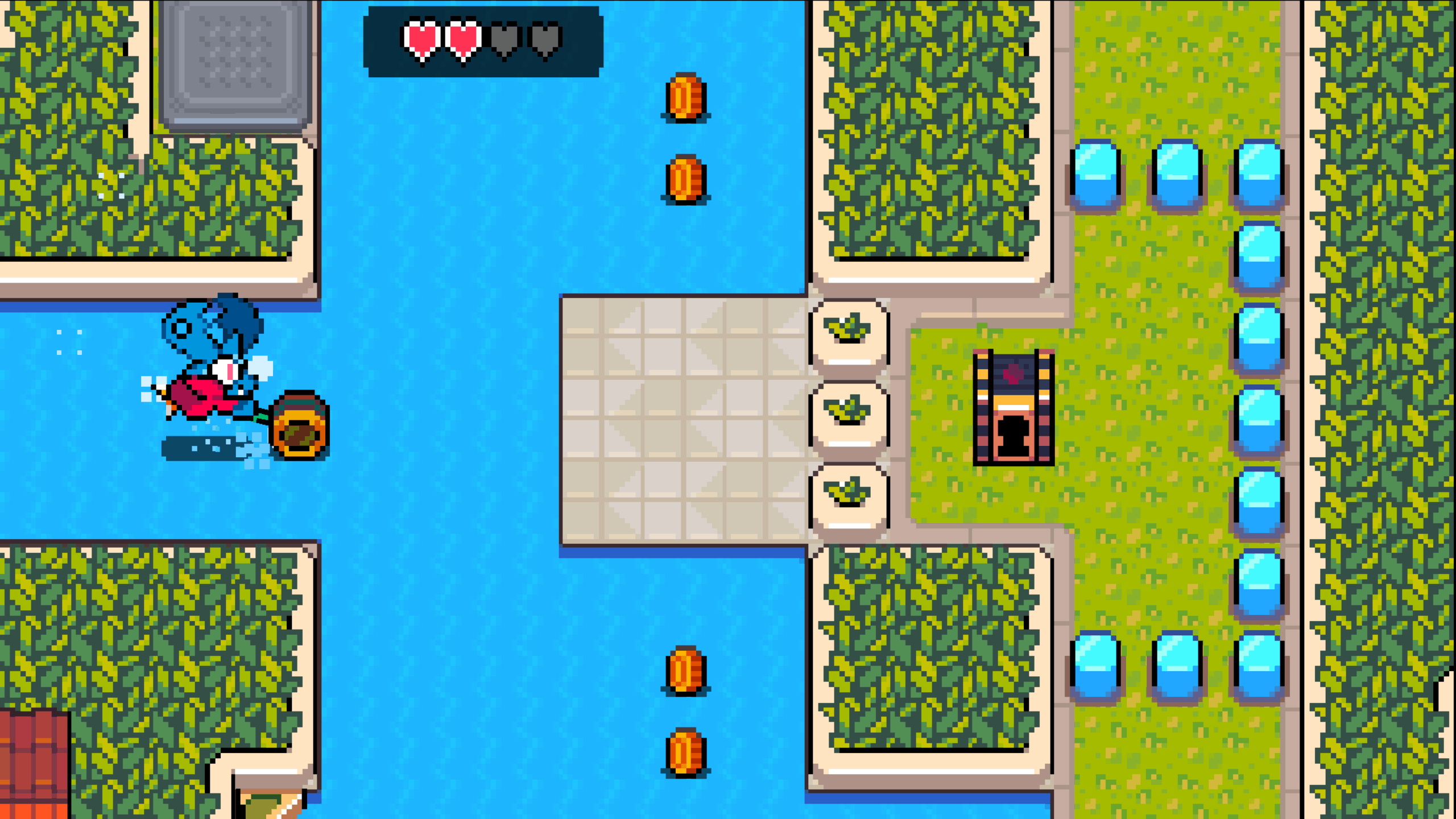
The city serves as the backdrop for four large urban dungeons that move the main story forward. Each one is filled with puzzles built around your aunt-turned-yoyo and the abilities you unlock for it. As the game progresses, your yoyo becomes key to solving environmental challenges and gradually opening new areas. Alongside unraveling the mysteries of the rival syndicate, a crumbling city and your suspiciously powerful aunt, you can help citizens along the way and earn cash or useful upgrades like pebble containers.
Clever mechanics and familiar indie charm
If you want a comparison to more contemporary games, Pipistrello looks and plays a lot like Turnip Boy Commits Tax Evasion and Dodgeball Academia. While Dodgeball also ties gameplay to a single mechanic, Pipistrello explores the yoyo concept on a whole new level. Using it to unlock puzzles and defeat enemies feels smart and well integrated. It reminded me of Tiny Thor, especially in how its hammer mechanic is used in tight inventive ways. Whether banking your yoyo off angled walls or sending it through narrow passages to trigger switches, the game keeps it fun and satisfying especially as you unlock more abilities. I only discovered after writing the draft of this review that the developer Pocket Trap also made Dodgeball Academia, which makes perfect sense now.
Witty writing and a city full of character
Another element where Pipistrello excels is its writing and subtle but often slapstick comedy. NPCs spout goofy one-liners that cleverly reflect the power dynamics in the city. Most are blissfully unaware of the political chaos around them, and their cheerful ignorance adds a layer of satirical commentary. Occasionally they share their struggles, but always in a comedic way that keeps the tone cheerful, much like the NPCs in Turnip Boy.
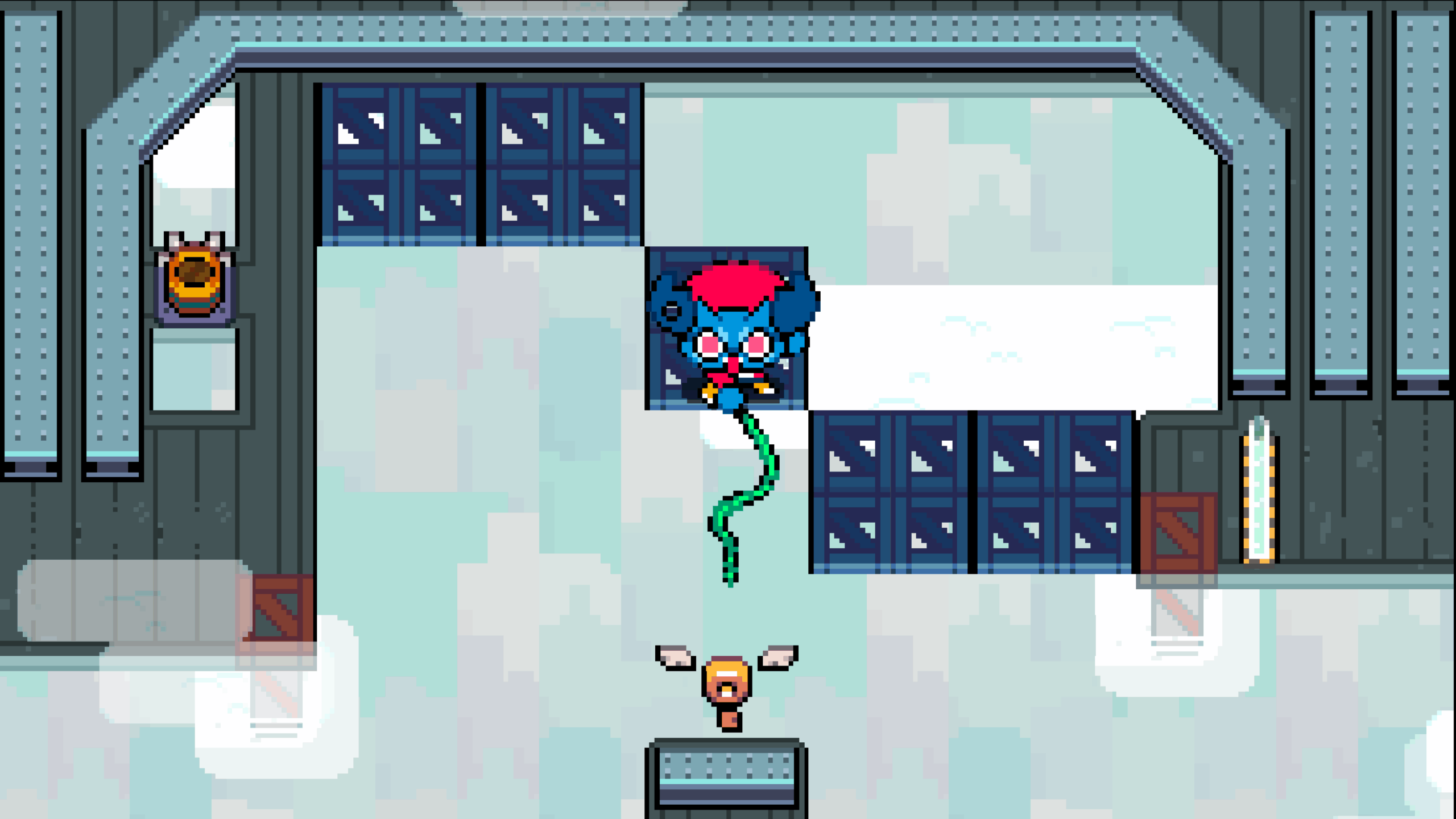
Compared to the colorful world around him, Pippit feels a bit bland. Aside from some exchanges with his aunt or crime bosses, he doesn’t have much to say. That’s not a bad thing: the story leans on the supporting cast and the city’s strange personalities to drive the narrative. His naivety, especially in unwittingly working for corporate criminals, is a huge part of the charm. Pocket Trap manages that dynamic in a way that keeps the story fresh until the credits.
A bigger world with better rewards
Compared to Dodgeball Academia, Pipistrello offers much more to do across a huge map. Dodgeball sends you back and forth across a small campus map, but Pipistrello fills its larger world with secrets, side quests and yoyo-based puzzles of all shapes and sizes. The map rewards exploration, marking completed objectives and highlighting points of interest. I expect the difference between rushing through the story and finishing everything will be significant, whereas I choose a path in between ending up with 15 hours of play time.
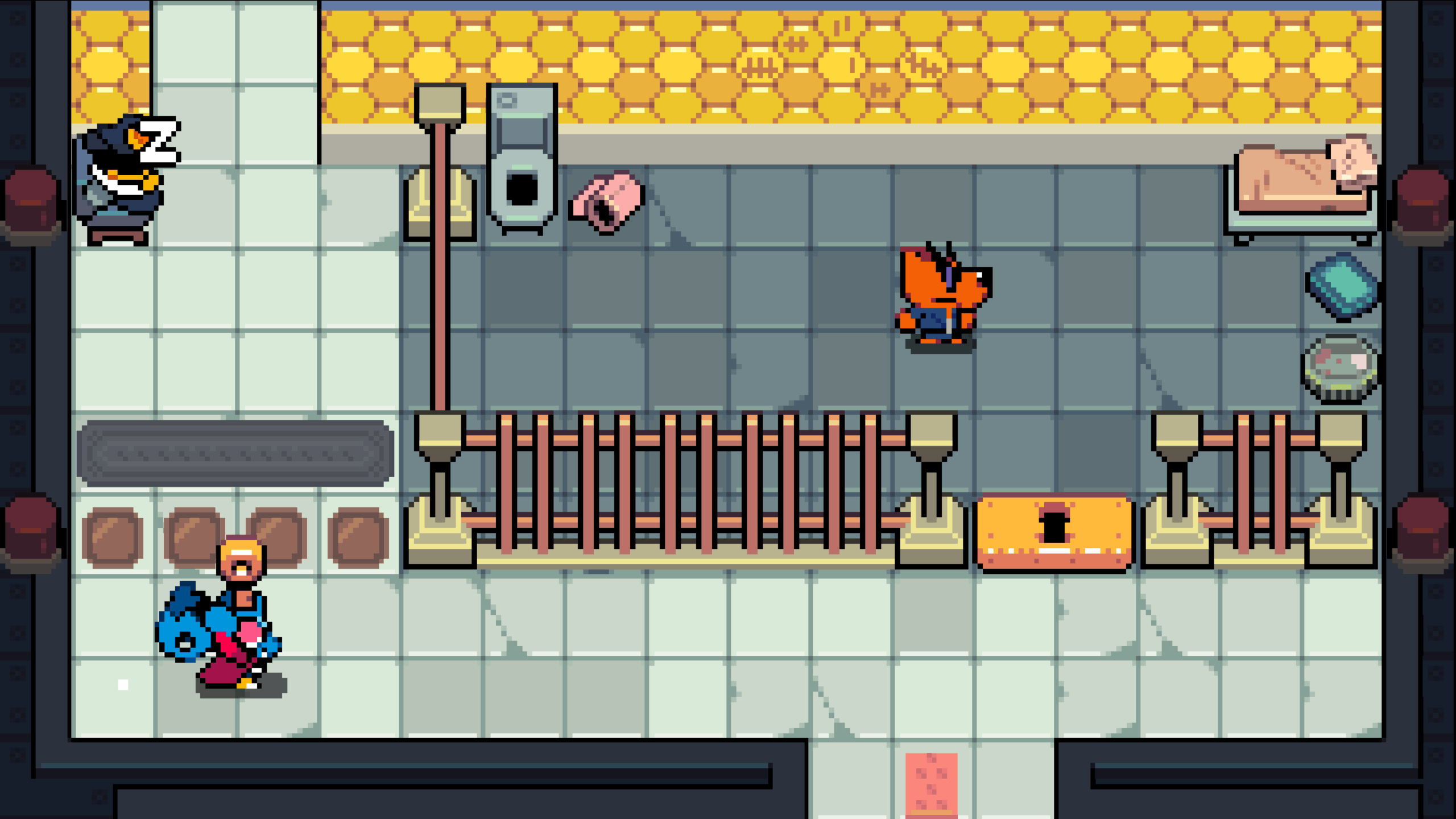
One of the game’s coolest systems is your family’s hideout in the city’s sewer network. There you meet a family member who helps you upgrade gear using blueprints and contracts that resembles a something like a financial lease construction. You can go into debt to gain buffs and pay them off as you earn money. It fits the narrative perfectly, where instead of just helping you family/clan members gauge you in to shady deals as well. Also you get stat handicaps during a contract as well, were you temporary lose hit points, attack power or that enemies do not drop health power ups. The addition of this mechanic adds a unexpected fun strategic layer that forces you to decide how to spend, borrow and manage resources.
A fair challenge with deep customization
If you’re after a challenge, Pipistrello and the Cursed Yoyo delivers. The difficulty is above average especially when facing crime syndicate minions and bosses. At first, the yoyo attacks feel sluggish and lock you in place during a shot, which leaves you vulnerable if you haven’t unlocked more strategic moves. That forces you to be cautious and mindful of positioning, training you along the way. For the more casual gamers there is nothing to worry about, though. The accessibility settings are extremely generous: adjust damage output, starting hearts, game speed and incoming damage. I managed to find a balance that kept things challenging but never frustrating. It is a good thing to get 5 to 6 hours in before deciding to adjust or not. It will help finding that sweet spot of difficulty that should make it fun for everyone.
Best of the Class - With its clever yoyo mechanics, densely packed map, sharp writing and generous accessibility options, Pipistrello and the Cursed Yoyo easily stands out as one of the best modern entries in the top down 2D action adventure genre. While I hold both Turnip Boy and Dodgeball Academia in high regard, Pipistrello is a better game. It is bigger, smarter, better written and more fun. The character progression system adds another layer of depth on top of the yoyo puzzles. At just under €/$20, this should be a no brainer for anyone even slightly interested in games like 2D-Zelda-like, genre.
The Good
- Great writing
- Great combat mechanics
- Up there with the best in regards to accessibility features
- Fairly large map to discover
- Joyful dialogue and subtle social commentary
- Compact but ingenious upgrade system
- Colourful and cheerful pixel art
The Bad
- Combat can be a little harsh to get into in the first couple of hours


